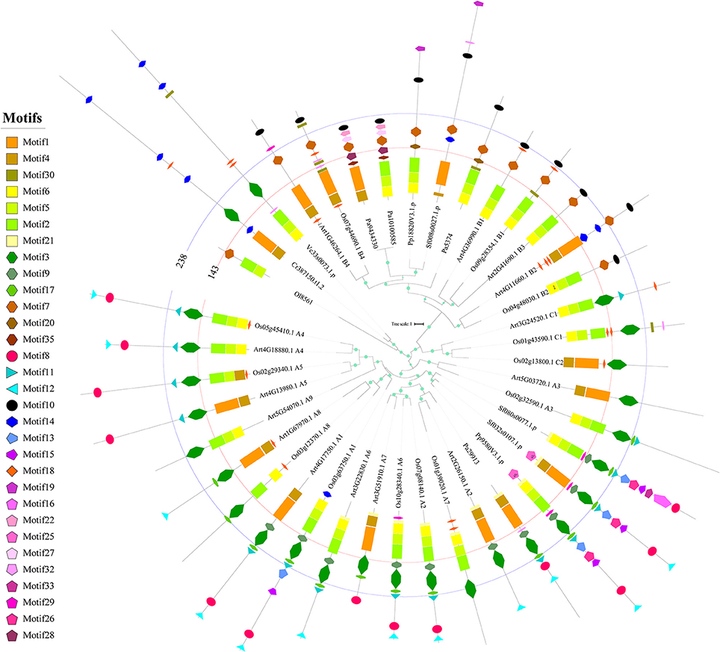Evolutionary Origin, Gradual Accumulation and Functional Divergence of Heat Shock Factor Gene Family with Plant Evolution

Abstract
Plants, as sessile organisms, evolved a complex and functionally diverse heat shock factor (HSF) gene family to cope with various environmental stresses. However, the limited evolution studies of the HSF gene family have hindered our understanding of environmental adaptations in plants. In this study, a comprehensive evolution analysis on the HSF gene family was performed in 51 representative plant species. Our results demonstrated that the HSFB group which lacks a typical AHA activation domain, was the most ancient, and is under stronger purifying selection pressure in the subsequent evolutionary processes. While, dramatic gene expansion and functional divergence occurred at evolution timescales corresponding to plant land inhabit, which contribute to the emergence and diversification of the HSFA and HSFC groups in land plants. During the plant evolution, the ancestral functions of HSFs were maintained by strong purifying pressure that acted on the DNA binding domain, while the variable oligomerization domain and motif organization of HSFs underwent functional divergence and generated novel subfamilies. At the same time, variations were further accumulated with plant evolution, and this resulted in remarkable functional diversification among higher plant lineages, including distinct HSF numbers and selection pressures of several HSF subfamilies between monocots and eudicots, highlighting the fundamental differences in different plant lineages in response to environmental stresses. Taken together, our study provides novel insights into the evolutionary origin, pattern and selection pressure of plant HSFs and delineates critical clues that aid our understanding of the adaptation processes of plants to terrestrial environments.